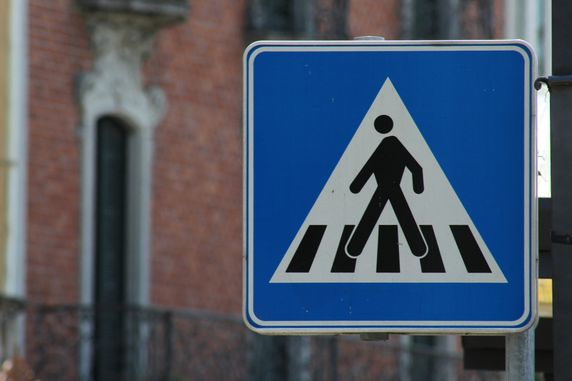What is a crosswalk?
In linguistics, borrowing is the process by which a word from one language is adapted for use in another. The word that is borrowed is called a borrowing, a borrowed word, or a loanword. A familiar example of this in education is Kindergarten, which was borrowed from German Kindergarten, which literally means "children's garden". (I find the use of the term borrowing or lending a bit funny, as we never intend to give the word back once adopted, do we?)
Is there a term for borrowing a word from another industry? If there is, please let me know as I couldn’t find one. Over the past year, as we’ve been working on curating Crosswalk relationships among standards among different states and authorities, I’ve been pondering on how we started using this term in Education. Where did it come from?
 Image by Germany Photography from Pixabay
Image by Germany Photography from Pixabay
Definition of crosswalk
First, I found that Merriam-Webster’s Dictionary has a single definition for this:
: a specially paved or marked path for pedestrians crossing a street or road
Next, I discovered that Computer Science adopted this term to refer to a mapping between equivalent elements (fields) in multiple database schemas. That definition seems somewhat closer to our use of the term in EdTech, with the emphasis on the Tech. This is probably where we “borrowed” the term from, though it’s not an exact match to our use.
The key difference between the database mapping use of the term crosswalk and the intended meaning when used to describe relationships between academic standards is the word “equivalent”. When we approached crosswalking standards among the many varied standards published by different authorities, we developed a set of rules to guide the work. Subject-matter experts identified the skills associated with the standards, and at a high level, two standards are crosswalked when they have one or more skills in common. This considers the author's intent as well as the context of the standard.
Why crosswalks?
Although at Academic Benchmarks we are admittedly educational standards geeks, we curated crosswalk relationships for efficiency in creating and maintaining education content and relating it to standards. The work to identify standards with common skills is not insignificant. Two realistic scenarios that might use this relationship are:
- Content Development - looking across many authorities to optimize the development of content to address as many standards as possible.
- Maintaining Alignments - defining an “alignment” as a relationship between a learning object (content) and an educational standard, crosswalks can be used to fast-forward updating the alignments, either to newly adopted standards or to previously unaligned authorities or publications.
So, regardless of how we started using the term, we know that Curated Standards Crosswalks are very useful. What uses can you think of for them?



The content in this blog is over six months old, and the comments are closed. For the most recent product updates and discussions, you're encouraged to explore newer posts from Instructure's Product Managers.